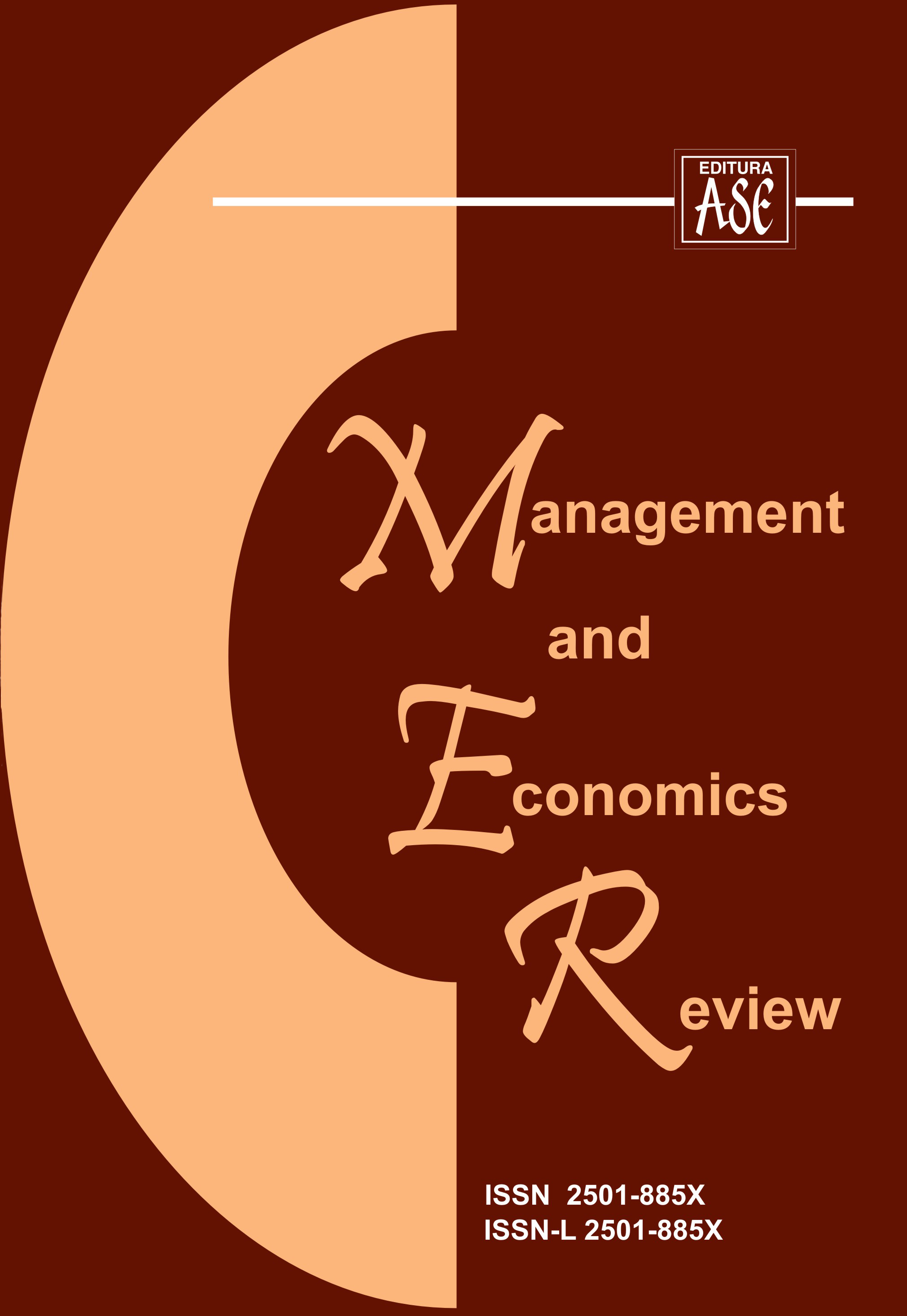The Difference of the Actual Price Level from the Equilibrium One and its Impact on Inflation
The Difference of the Actual Price Level from the Equilibrium One and its Impact on Inflation
Author(s): Ion PÂRȚACHI, Vitalie MOTELICASubject(s): Economy, National Economy
Published by: EDITURA ASE
Keywords: core inflation; inflationary pressures; equilibrium prices; monetary policy; quantity theory of money;
Summary/Abstract: Within the modern monetary policy regimes, the inflationary pressures are, generally, approximated by the excessive demand that generate pressures on the fixed production capacity resulting in a change of prices. This excessive demand is estimated as the deviation of the level of the economic activity, reflected by a series of macroeconomic indicators, from its equilibrium one which is determined using different univariate or multivariate methods. However, an alternative approach which could provide information about the medium term inflationary pressures in an economy is the information about the monetary indicators. In this regard, it is necessary to estimate an equilibrium level of prices which is related to an equilibrium level of production and monetary indicators. Over the medium term, the deviation of the actual level of prices from the equilibrium one will tend to close which will result in inflation. The calculation of the equilibrium level of prices needs to be adjusted in case of a small open economy taking into consideration the macroeconomic indicators of its major trading partners.
Journal: Management and Economics Review
- Issue Year: 3/2018
- Issue No: 2
- Page Range: 193-201
- Page Count: 9
- Language: English

